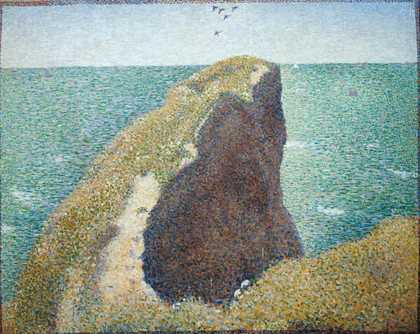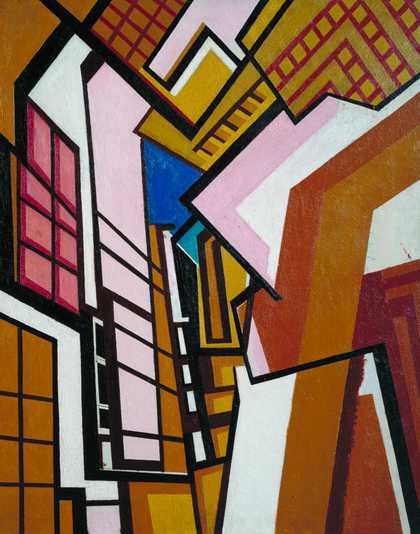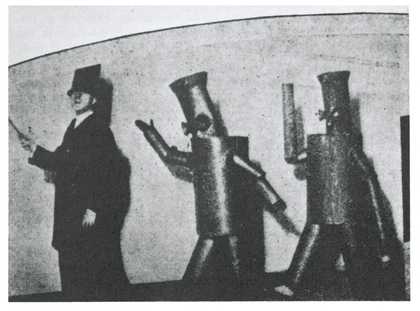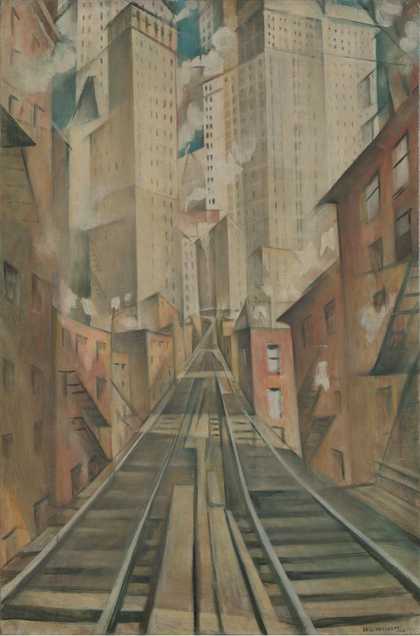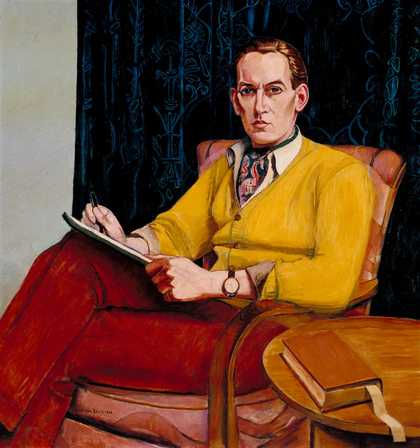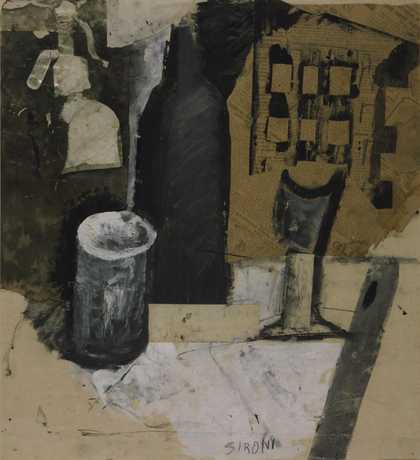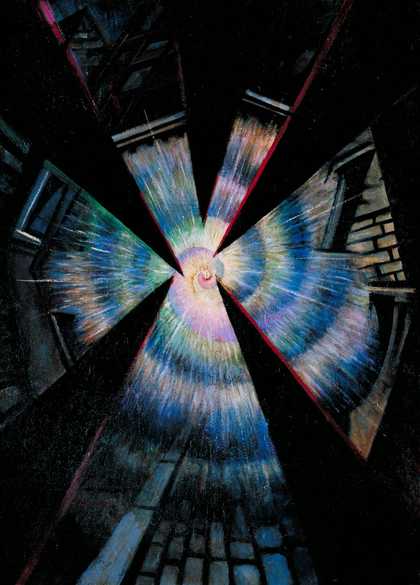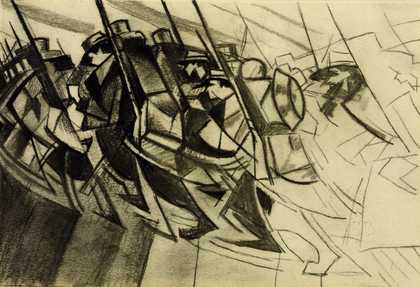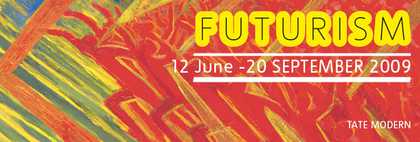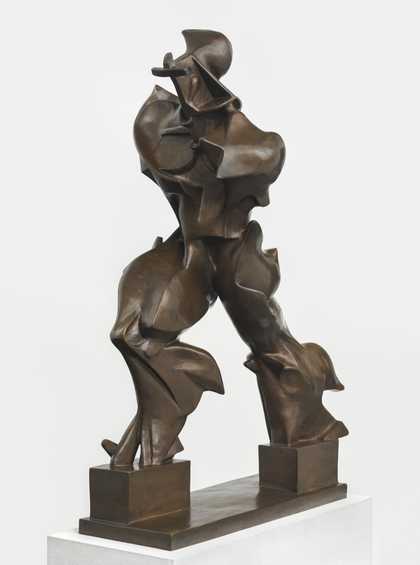
Umberto Boccioni
Unique Forms of Continuity in Space (1913, cast 1972)
Tate
Futurism was launched by the Italian poet Filippo Tommaso Marinetti in 1909. On 20 February he published his Manifesto of Futurism on the front page of the Paris newspaper Le Figaro.
Among modernist movements futurism was exceptionally vehement in its denunciation of the past. This was because in Italy the weight of past culture was felt as particularly oppressive. In the Manifesto, Marinetti asserted that ‘we will free Italy from her innumerable museums which cover her like countless cemeteries’. What the futurists proposed instead was an art that celebrated the modern world of industry and technology:
We declare…a new beauty, the beauty of speed. A racing motor car…is more beautiful than the Victory of Samothrace. (A celebrated ancient Greek sculpture in the Louvre museum in Paris.)
Futurist painting used elements of neo-impressionism and cubism to create compositions that expressed the idea of the dynamism, the energy and movement, of modern life.
Chief artists associated with futurism were Giacomo Balla, Umberto Boccioni, Gino Severini.
Vorticism was essentially the British equivalent to futurism, but Wyndham Lewis the founder of the vorticists was deeply hostile to the futurists.
After the brutality of the first world war, many artists rejected the avant-garde notions of futurism and other pre-war movements, by using more traditional and reassuring approaches, a phenomenon described as the ‘return to order’.

